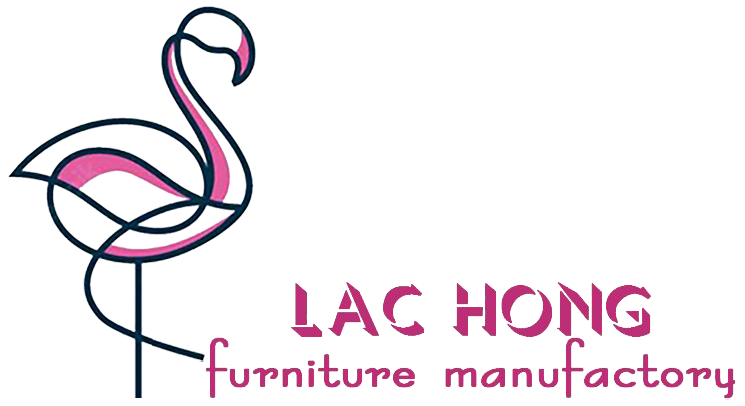Business applications are software that help a company operate more efficiently and efficiently. They automate tasks improve communication, speed up communications, and increase productivity. They come in a variety of shapes and sizes. From enterprise resource planning (ERP) to human resources information systems as well as inventory management and project management programs. Business apps are not like consumer-oriented apps such as email clients and photo editors. They focus on a specific aspect of business operations or support a certain work group. For instance marketing teams require different features than sales teams.
Generally, business software has two components that include the user interface as well as the data source. The UI is a basic interface that allows users to modify and interact with data that is displayed on screen. The data sources that are the basis are, on the other hand, contain both business metadata and technical metadata that are used by the application. The UI serves as the bridge between the data and business functions, and connects business users with their applications.
Business applications can also provide numerous additional benefits for companies and organisations. They can boost productivity, reduce costs and increase revenue. They can also aid businesses make better decisions and improve the organization’s health by improving communication and collaboration.
Many business users are hesitant from implementing these types of software into their routine processes because they are afraid that they could take away their jobs. Integrating these programs into your workplace won’t take away your work. It will only propel you higher up the ladder and enable you to achieve higher-level deliverables. You’ll still have the same duties, but you will be able to perform them effectively and without distraction.
https://allsmarthomebusiness.com/ideals-vdr-review-2021
